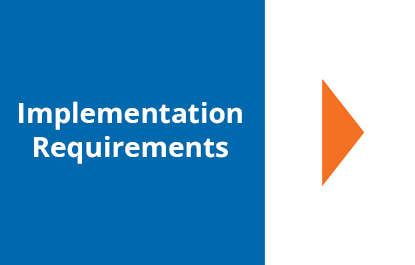Phoenix Sky Harbor International Airport
Analyzing Key Performance Indicators to Optimize Airport Efficiency
Phoenix Sky Harbor International Airport (PHX) is owned and operated by the City of Phoenix. The PHX data analytics team reports to the chief financial officer; is responsible for all external and internal data, synthesis, analysis, and interpretation; and provides support to various teams throughout PHX. In 2021, total operations for PHX consisted of 408,285 takeoffs and landings, serving over 38 million passengers. A typical day at PHX consists of 1,200 aircraft operations, with over 125,000 passengers arriving and departing, more than 1,000 tons of air cargo being handled, and 5,308 cars rented. The total economic impact of airport operations is $38 billion annually and over $13 billion in payroll. The direct economic impact of PHX is $106 million daily and 57,432 jobs. PHX has more than 20,000 parking spaces available for both short-term and long-term parking.

Airport Demographics
Southwest United States
City of Phoenix
57,432 Employees
Data Analytics Capabilities at PHX

- PHX developed a 5-year business plan and strategy to know more about passengers and collect passenger data.
- In the early phase of data analytics, the airport did not have key performance indicators (KPIs) and worked in Microsoft Excel.
- Airport divisions were called on to identify operational or tactical projects on an annual basis, with a focus on capital.
- Measuring and tracking progress on the projects was integral to developing KPIs to enhance efficiency.

- As part of the initial charter, the airport tracks approximately 85 KPIs (25 KPI Vitals), with some that are division-specific.
- Targets for the KPIs are revised at the start of the year, with new KPIs added and others removed.
- PHX conducts 25,000 passenger surveys annually to collect data on demographics, travel, spending, and parking.
- An analysis of survey data is fed back to the divisions to inform planning and development of new projects.
- The Passenger Concession Survey on eating habits led to the introduction of a new restaurant at the airport.

Technical Requirements
- SAP (international software development company) is the source for all internal financial data that is used to generate financial reports.
- Sisense software was procured for data manipulation, visualization, and building data dashboards.
- Coordination with IT for data collection—internal data is entered into SharePort (SharePoint for airports).
Human Capital Requirements
- Communication and buy-in from internal stakeholders.
- Working with the IT team to understand tools and backend.
- Surveys are outsourced and managed by vendors.
- Resources are needed for training and development.

Data and Technology Limitations
- A risk mitigation plan identified approximately 36 risks and potential causes to the airport and associated businesses.
- Formatting data from different sources (e.g., surveys, parking, concessions) for analysis is challenging.
- Quality of the data is important. Survey data are easy to analyze, but self-reported information can be suspect.
- Transactional parking data is huge and unmanageable.
- Airlines do not share data by flight number.

- Data analytics are used to target changes in KPIs; all KPIs are reviewed monthly, and visualizations are created.
- Airport divisions report if they have met or missed targets in a monthly meeting, forecasting areas of growth.
- Survey data is logged in an editable format, shared with internal stakeholders monthly, and summarized quarterly.
- Data informs the development of the business plan, including the vision, strategy, and projects.
Change Management Strategies
- 5-year business plan is updated each year; leadership can see the results of using analytics.
- Analogy of “crawl, walk, run” used to describe the maturity of data analytics implementation.
- Getting buy-in from internal shareholders to use more sophisticated analytics approaches.
- Prediction models and forecasting used on a project basis (e.g., number of shuttle riders).
- Culture change is needed to implement data analytics on a more regular, day-to-day basis.
- Identifying how to improve customer-facing processes using analytics (i.e., forecasting).
Greatest Challenges & Lessons Learned
Challenges
- Promoting culture change in airport divisions.
- Explaining the “why” of KPIs to get internal buy-in.
- Divisions concerned about personal impact of KPIs.
- Combined approaches used to get division buy-in.
Lessons
- It was easier to get buy-in on KPIs with leadership.
- One-on-one discussions with internal teams were helpful for explaining how KPIs are tracked.
- Lunch-and-learn sessions and classes with airport divisions were helpful for getting internal buy-in.
- Monthly meetings with division leaders were helpful for gaining buy-in at the division level.
Impact to Organization
PHX is analyzing KPIs to optimize airport efficiency. At the start of each year, the PHX data analytics team reviews all KPIs with airport divisions and top management. The KPIs and targets are revised as needed; KPIs may be added or removed as needed. KPIs are tracked monthly, and airport divisions report their progress to meet targets. The data analytics team used prediction models to analyze factors that impacted passenger-wait times for buses or shuttles to the car rental center, which led to an extension of the sky tram service to the rental areas. Passenger survey data is analyzed and shared with internal shareholders monthly and summarized on a quarterly basis.